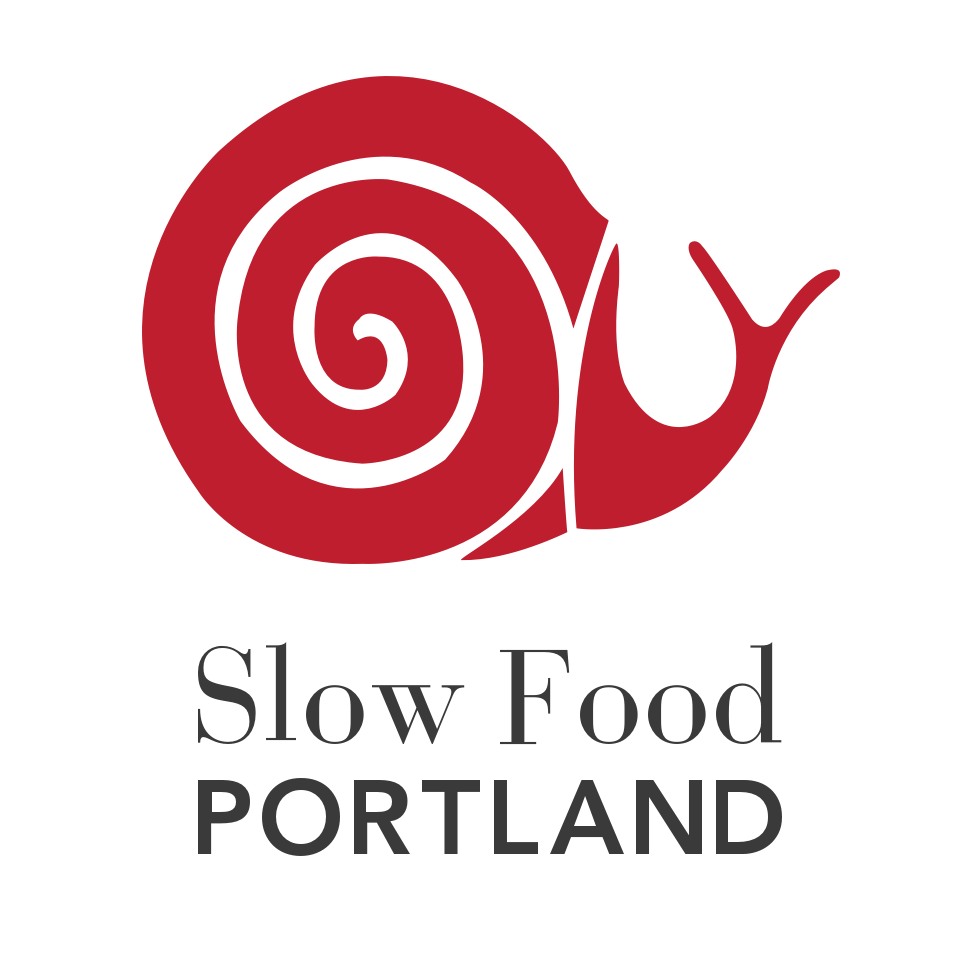Food Justice: Competitive School Food Environments
By Sruthi Eapen, Research and Advocacy Intern at Slow Food Portland
“This disproportionate marketing of unhealthy food further exacerbates health and nutrition inequities.”
In our technologically advancing world, we are surrounded by advertising and commercialization of food. Unique food cultures and traditions are losing to Big Food industry influences worldwide. At Slow Food Portland, we strive to advocate for “Good, Clean and Fair” food for all. Awareness of food justice issues is essential to achieve this goal. With this blog, I intend to increase awareness of different food justice issues every month. This month, I am discussing an issue affecting food decisions in critical formative years: competitive school food environments in the United States.
What is a competitive school food environment?
The competitive school food environment is made up of marketed school food options that are not part of the National School Lunch Program. This includes food from vending machines, school stores, and a la carte school lunch options. In 2010, the Healthy Hunger-Free Kids Act Smart Snacks guidelines introduced regulation of these competitive foods. These guidelines have proven to be effective in reducing unhealthy food consumption in some states that have implemented them (Turner et al.). However, these guidelines are not perfect and have loopholes through which unhealthy food can enter the school food environment. Additionally, aspects of the guidelines are currently being reformed, allowing non-whole grain and flavored milk competitive food options, making the future of these policies unclear (USDA Food and Nutrition Service, 2017).
Why does it matter?
Within competitive school food environments, students are able to make autonomous decisions about their food. The availability of competitive foods in school environments has been associated with increased purchase of competitive foods (Neumark-Sztainer et al., 2005). Therefore, unhealthy eating habits could be formed due to increased availability of unhealthy options. Additionally, marketing of name-brand unhealthy food items in school affects the purchasing habits of these products outside of school. To meet school regulations, name-brand companies sell “healthier” reduced salt and reduced fat versions of their normal products at schools. However, according to a study done by Harris et al. in 2016, students associated the “healthier” products at school with their unhealthy counterparts at grocery stores. Therefore, students are being co-marketed name-brand unhealthy foods at school.
Next, there are disparities within these competitive school food environments that can lead to disproportionate health outcomes. Studies have shown that low-income school districts have disproportionate amounts of commercial food advertising, which may be because many rely on advertising deals with food companies for funding (Velazquez et al., 2017). This disproportionate marketing of unhealthy food further exacerbates health and nutrition inequities.
What can we do about it?
● Donate to programs promoting healthy food habits in schools
○ Programs such as school garden programs and farm to school programs help students connect with the food they are eating. These connections foster nutritional awareness and healthy eating habits. Here is a link to the Oregon Farm to School & School Garden Network: https://www.oregonfarmtoschool.org/about/
● Participate in discussions and meetings regarding development of Local School Wellness Policies
○ For more resources about Local School Wellness Policies:
https://www.cdc.gov/healthyschools/npao/pdf/LWP_Overview_Brief_2012_13.p df
References
Harris, J.L., Hyary, M., & Schwartz, M.B. (2016). Effects of Offering Look-Alike Products as Smart Snacks in Schools. Childhood obesity, 12 6, 432-439.
Neumark-Sztainer, D., French, S.A., Hannan, P.J. et al. (2005) School lunch and snackingpatterns among high school students: Associations with school food environment and policies. Int J Behav Nutr Phys Act 2, 14. https://doi.org/10.1186/1479-5868-2-14
Turner L, Leider J, Piekarz-Porter E, Chriqui JF. Association of State Laws Regarding Snacks in US Schools With Students' Consumption of Solid Fats and Added Sugars. JAMA Netw Open. 2020;3(1):e1918436. doi:10.1001/jamanetworkopen.2019.18436
USDA Food and Nutrition Service. (2017). Child Nutrition Programs: Flexibilities for Milk, Whole Grains, and Sodium Requirements. Retrieved from:
https://www.federalregister.gov/documents/2017/11/30/2017-25799/child-nutrition-programs-flexibilities-for-milk whole-grains-and-sodium-requirements
Velazquez, C. E., Black, J. L., & Potvin Kent, M. (2017). Food and Beverage Marketing in Schools: A Review ofthe Evidence. International journal of environmental research and public health, 14(9), 1054.https://doi.org/10.3390/ijerph14091054
